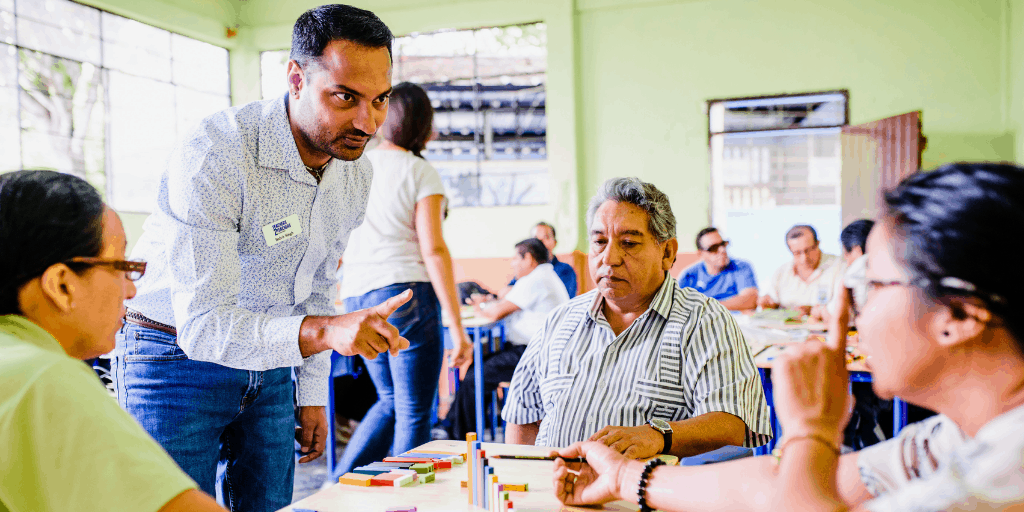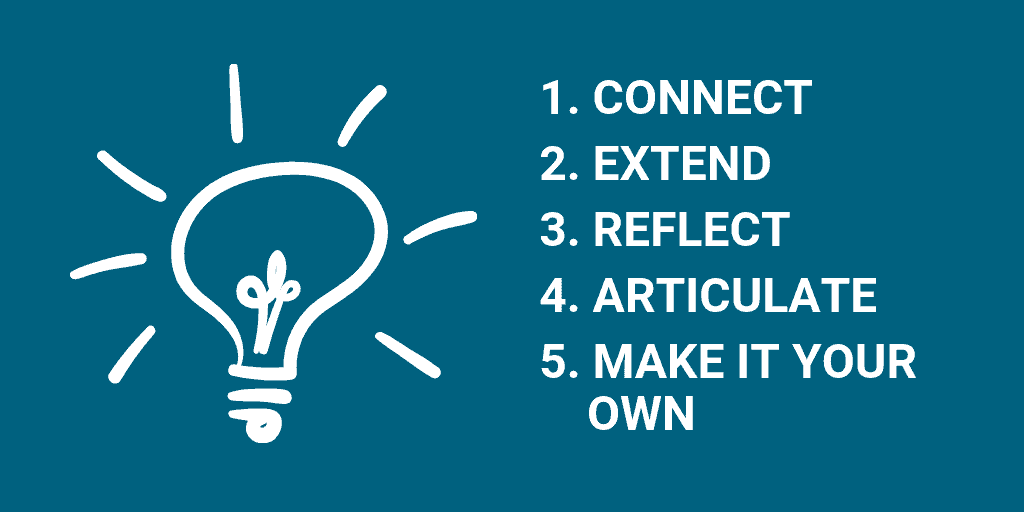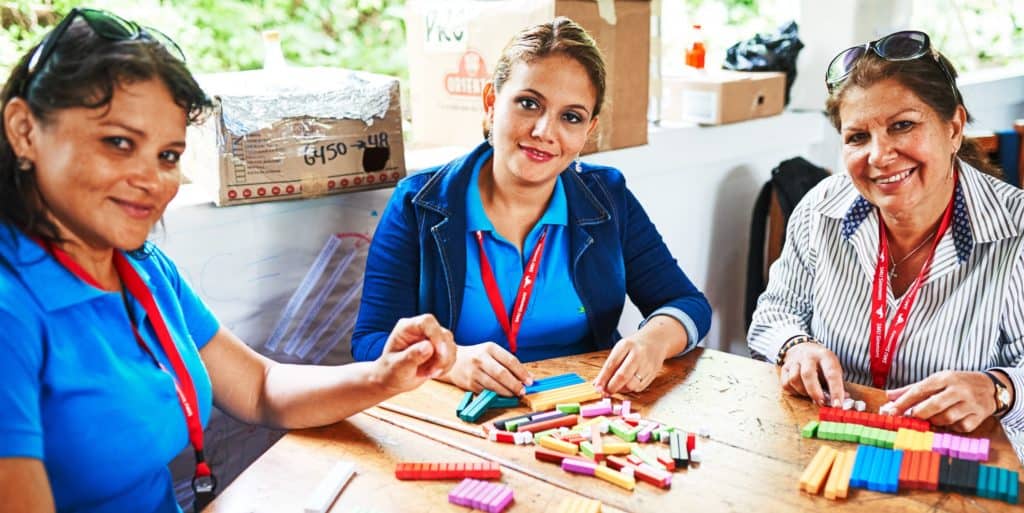
11 Jun The Unique “Why” of T2TGlobal
written by Executive Director Chadd McGlone, PhD
As a math educator, I love thought exercises that get my mental wheels turning. Nothing is more fun for me than to field questions about why we’ve designed T2TGlobal’s programs to be what they are. Two questions in particular spark my thinking.
- What does this “pedagogy” word mean and why should I care about it?
- Why do you focus on math skills instead of literacy?
Here are my answers. I’d be grateful if you’d leave a comment and let me know what you think about them.
I believe T2TGlobal focuses on pedagogical practices at its core; specifically, how teachers help students create knowledge. Most experts in the field believe students learn new mathematical constructs through the five sequential mental activities that Carpenter and Lehrer (1999) first proposed:
- connecting to previous knowledge
- extending what they are learning to solve new problems
- reflecting on the new knowledge
- articulating that knowledge to others
- making the knowledge their own
Good teaching will incorporate these five elements no matter what the subject. When they’re present, classroom management tools become secondary because students are excited to learn. So, pedagogy is key. Why, then, does T2TGlobal even mention mathematics?

Teachers have more difficulty incorporating these five processes into their math instruction compared to other subjects. If you remember your high school English classes, you probably were assigned reflection papers (step 3). Your social studies teacher most likely encouraged class discussions of topics like race relations or current events (step 4). But how often did your math class include a spirited debate about binomial equations?
Because math is uniquely challenging to teach, there’s great potential to transform math classrooms. I believe effective teachers should have expertise in three general areas, the first of which I’ve already mentioned:
- pedagogy (how to teach)
- content (subject matter such as math)
- content pedagogy (how to teach the subject matter)
First, all good teachers must have a strong educational skill set, or pedagogy, that maximizes student learning. Second, good teachers must acquire a comprehensive working knowledge of the content they are teaching. Finally, teachers need pedagogical content knowledge, or strategies to teach specific content.
So, let’s look at a math teacher who’s planning a lesson on fractions (content). In her pedagogical toolbox is a meaningful activity for students where they build knowledge. She will ask questions to guide their discovery (pedagogy). The content pedagogy would be using fraction strips to build an understanding of what fractions are, how to break them down, what it means for fractions to be equivalent, etc.
I saw a brilliant demonstration of this when Dr Arthur B Powell took several batches of Cuisinaire rods to El Paredón, Guatemala, a tiny, remote village on the Pacific coast. There he led a math workshop for about 30 local teachers. After splitting them up into small groups, he handed out piles of rods and asked the teachers what they observed (content pedagogy). When a teacher noticed that two purple rods could be combined to make one brown rod, he simply commented on how interesting that was and then asked what else they noticed (pedagogy). As the teachers explored the relationships among all of the lengths and colors, they were building a deeper understanding of what fractions meant (content).

Teachers in the Galápagos Islands use Cuisinaire rods in a math workshop
T2TGlobal’s work in developing countries provides opportunities to combine content with pedagogy. Because the education system in these locations often fails to give teachers a solid foundation in mathematics, we supply information to fill in the knowledge gaps while modeling student-centered strategies.
One more point to make is how necessary mathematical understanding is to social justice and equity. The critical thinking that is primed in student-centered mathematics education provides children with the ability to evaluate what they are being told and to consider alternative hypotheses. These students are then less likely to accept false information and will dig deeper into the facts and figures they receive to evaluate the validity of them. I could write volumes about how important this questioning stance is for girls. But I’ll save that for next time.
Carpenter, T. P., & Lehrer, R. (1999). Teaching and learning mathematics with understanding. In E. Fennema & T. A. Romberg (Eds.), Classrooms that promote mathematical understanding (pp. 19-32). Mahwah, NJ: Erlbaum.
No Comments